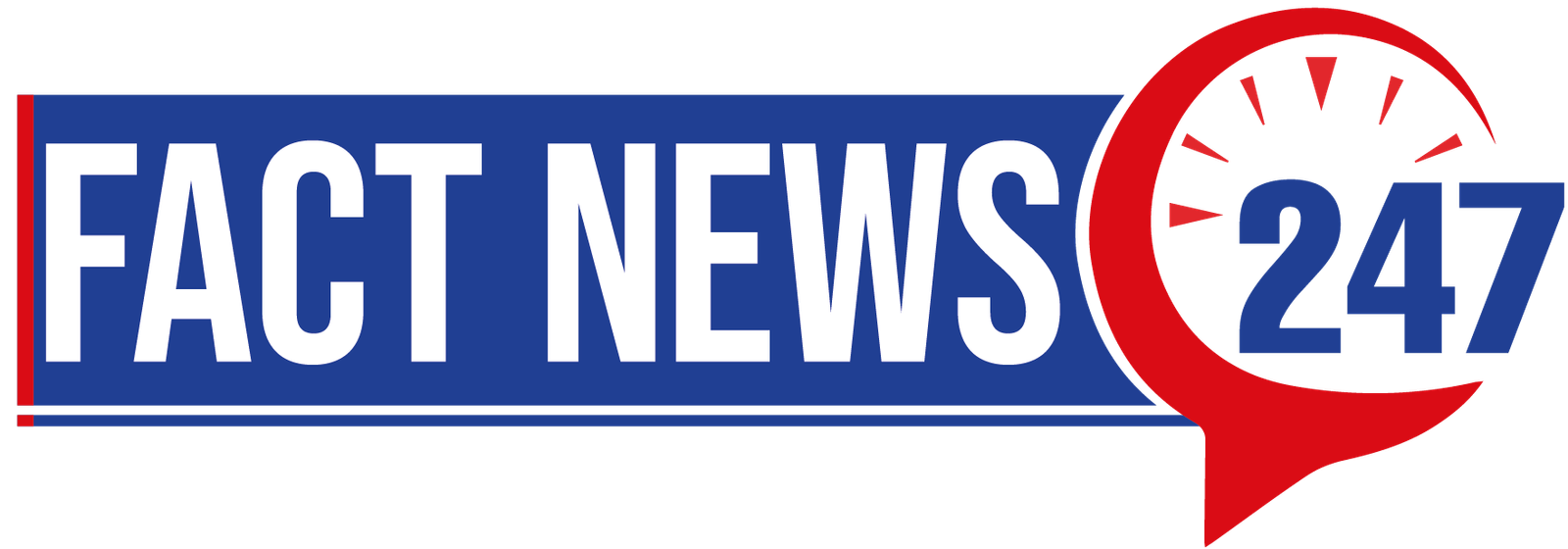Image Credit: iStock Image
Education is a cornerstone of community development, and ensuring that all students have access to quality learning opportunities is vital. Title 1 programs are designed to support schools with high numbers of children from low-income families. In the 45459 area, these initiatives play a critical role in shaping the educational landscape. This blog explores what Title 1 teaching means, its benefits, and effective strategies for educators.
Read More About: Have It Your Way Slogan
What is Title 1 Teaching?
Title 1 of the Elementary and Secondary Education Act (ESEA) provides federal funding to schools with a high percentage of students from low-income households. The goal is to ensure that all children meet challenging state academic standards. Title 1 teaching focuses on delivering additional resources, support, and innovative teaching methods to help struggling students succeed.
Benefits of Title 1 Teaching
- Enhanced Educational Resources:
Title 1 funding allows schools to acquire additional teaching materials, technology, and professional development for educators. This enhances the learning environment and provides students with the tools they need to excel. - Smaller Class Sizes:
Title 1 programs often enable schools to hire more teachers, leading to smaller class sizes. This allows for more personalized instruction and helps teachers address individual student needs more effectively. - Targeted Interventions:
Schools can implement specialized programs and interventions tailored to the specific needs of students. This includes tutoring, after-school programs, and summer learning opportunities that help close the achievement gap. - Family Engagement:
Title 1 initiatives encourage parent and community involvement. Schools often host workshops and events to educate families about the educational resources available, fostering a supportive learning environment at home. - Improved Academic Outcomes:
With additional resources and support, Title 1 schools often see improved academic performance among students. This can lead to higher graduation rates and better preparedness for future education or careers.
Click Here to Understand About: Happy Fathers Day GIF
Strategies for Effective Title 1 Teaching
- Data-Driven Instruction:
Utilize assessment data to identify student strengths and weaknesses. This allows educators to tailor instruction to meet individual learning needs, making interventions more effective. - Collaborative Teaching Models:
Implement co-teaching strategies where general education and special education teachers work together in the classroom. This fosters an inclusive environment and enhances learning for all students. - Professional Development:
Invest in ongoing training for teachers to equip them with the latest teaching strategies and tools. Continuous professional development ensures that educators are prepared to meet diverse student needs. - Engaging Learning Environments:
Create a classroom atmosphere that promotes engagement and motivation. Incorporate hands-on activities, technology, and group work to make learning interactive and enjoyable. - Building Relationships:
Foster strong relationships with students and their families. Regular communication and support can build trust and create a collaborative environment that encourages student success.
Also Read About to Understand: Highest Grossing Christmas Movie
Conclusion
Title 1 teaching plays a pivotal role in providing equitable educational opportunities for students in the 45459 area. By enhancing resources, fostering family engagement, and implementing effective teaching strategies, Title 1 programs can significantly improve academic outcomes. As educators and communities work together, they can ensure that every student has the support they need to thrive.
FAQs Title 1 Teaching 45459
1. What is the purpose of Title 1 programs?
Title 1 programs aim to provide additional resources and support to schools with high percentages of low-income students to help them meet state academic standards.
2. How is Title 1 funding allocated?
Funding is allocated based on the number of low-income students enrolled in a school and is used for various programs, including tutoring, teacher training, and educational materials.
3. Can parents get involved in Title 1 programs?
Yes, parent involvement is a key component of Title 1 programs. Schools often host workshops and meetings to encourage families to engage in their children’s education.
4. What are some examples of Title 1 interventions?
Examples include after-school tutoring, summer school programs, and specialized instructional support tailored to meet the needs of struggling students.
5. How can schools measure the success of Title 1 programs?
Schools can measure success through standardized test scores, graduation rates, and feedback from students and parents about the effectiveness of programs.





















+ There are no comments
Add yours